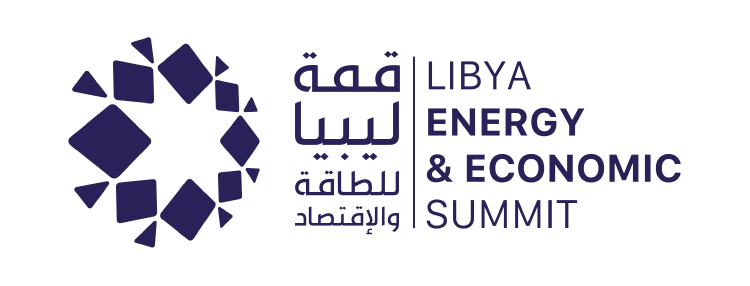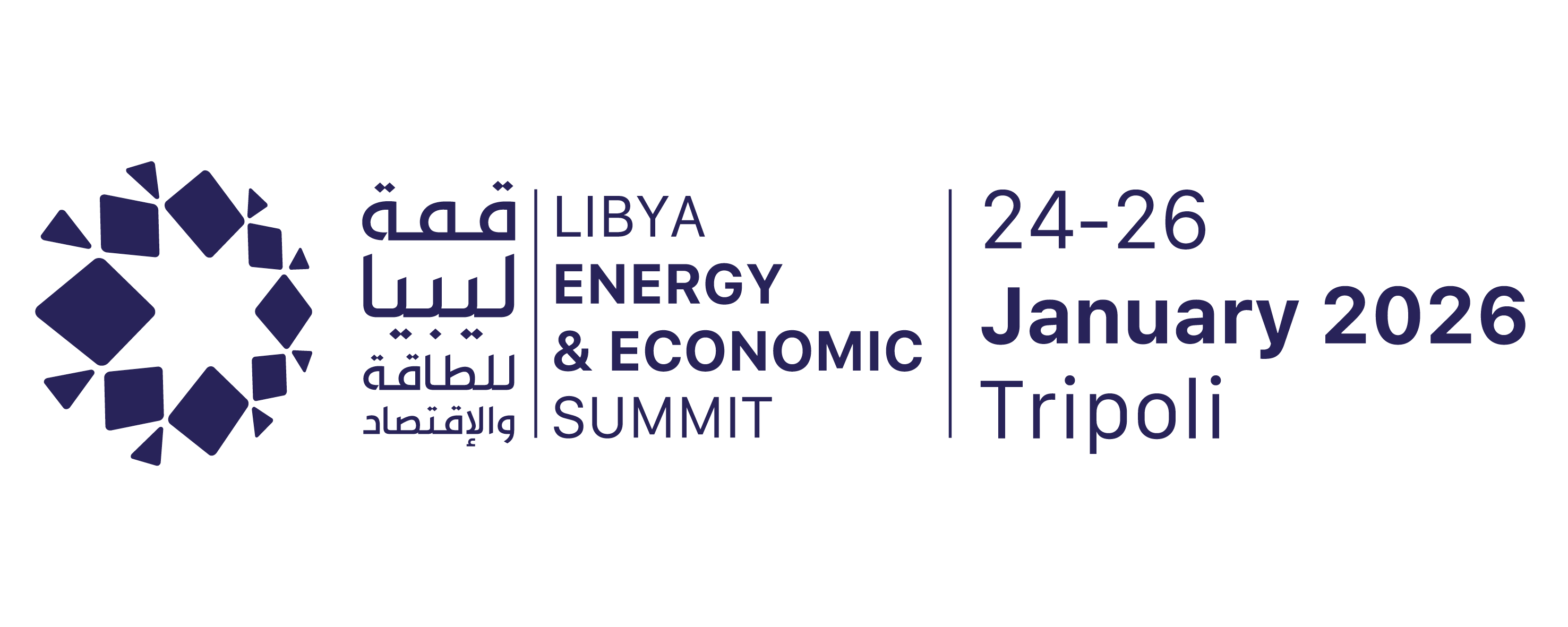How Libya’s Marginal Field Auction Could Reshape Upstream Growth
)
Developing Libya’s marginal fields will rely on advanced recovery techniques, including enhanced oil recovery (EOR) methods such as water flooding, gas injection and chemical flooding, combined with artificial lift systems to sustain output in low-pressure wells. Modular surface facilities can reduce upfront capital costs and allow phased development. The NOC is already advancing this approach, signing agreements with bp and Shell in July 2025 to conduct technical and economic feasibility studies on redeveloping aging fields such as Sarir, Messla and Al‑Atshan. While these are larger, mature assets rather than marginal fields, they provide valuable lessons for optimizing recovery, assessing reservoir potential and implementing operational improvements. Collaborations with service companies such as SLB and Halliburton further support well workovers, engineering treatments and technical capacity building, reinforcing advanced recovery techniques as a foundation for Libya’s marginal-field development strategy.
While each marginal field may seem modest, collectively the 40+ assets represent significant potential. Shorter cycle times, lower geological risk and lower upfront capital per barrel allow Libya to accelerate production recovery. Successful development hinges on strong technical execution, coordinated infrastructure integration and disciplined project management. Tie-ins to existing pipeline networks, such as those operated by Waha Oil Company, can reduce costs and enable rapid commissioning, while adherence to Libya’s zero routine flaring goal encourages gas reinjection for EOR or on-site power generation.
The initiative builds momentum ahead of the Libya Energy & Economic Summit (LEES) 2026, set to take place from January 24–26 in Tripoli. The event will serve as a key platform to advance dialogue around marginal field development, fiscal frameworks and upstream partnerships. Bringing together government representatives, investors and service providers, LEES will facilitate discussion on Libya’s latest exploration and production sharing terms, partnership models and investment incentives. Dedicated sessions on EOR techniques, field redevelopment programs and small-field commercialization will equip operators, independents and service companies with practical insights and renewed confidence to participate in Libya’s upstream expansion.
If executed effectively, marginal fields could become a cornerstone of Libya’s upstream recovery, transforming relatively modest assets into a substantial contribution toward the two-million-bpd production target. LEES 2026 will be a key stage for showcasing technical innovation, investment readiness and the NOC’s strategic approach to unlocking value across the country’s smaller fields.
Join industry leaders at the Libya Energy & Economic Summit 2026 in Tripoli and explore investment opportunities in one of North Africa’s most dynamic energy markets. LEES 2026 offers a premier platform for partnerships, innovation and sector growth. Visit www.libyasummit.com to secure your participation. To sponsor or participate as a delegate, please contact sales@energycapitalpower.com.


